Are canopy tents safe?
Canopy tents, often chosen for their versatility and portability, serve as popular temporary shelter solutions for a variety of events and outdoor activities. However, questions about their safety under adverse weather conditions frequently arise. From wind and rain to uneven terrain, understanding the structural challenges and adopting proper setup measures are crucial to ensuring the safety of canopy tents.
Structural Challenges:
Wind:
Wind poses a significant structural challenge for canopy tents. Their lightweight design, while ideal for portability, can make them susceptible to gusts of wind. Unsecured or improperly anchored canopies may be at risk of tipping or collapsing in windy conditions.
Rain:
While canopy tents offer shelter from the sun, rain can present another set of challenges. Accumulated water on the canopy’s fabric may lead to sagging or, in extreme cases, the risk of collapse. Waterproofing measures are essential to address this concern.
Uneven Terrain:
Canopy tents are often set up on a variety of terrains, ranging from grassy fields to asphalt surfaces. Uneven ground can cause stability issues, affecting the overall structure of the tent and potentially compromising its safety.
Ensuring Canopy Tent Safety:
Proper Setup Protocol:
The foundation of canopy tent safety lies in following the manufacturer’s setup guidelines meticulously. Properly secure the tent frame, anchor the legs firmly, and ensure that all components are in place. This foundational step significantly enhances the tent’s stability.
Extra Securing Measures:
Reinforce the tent’s stability by incorporating extra securing measures. This may include using additional stakes, guy lines, or weight bags. These measures help anchor the tent more securely to the ground, especially in windy conditions.
Weighted Solutions:
Adding weight to the canopy tent provides an extra layer of stability. This can be achieved through the use of sandbags, water barrels, or specially designed canopy weights. Placing these weights at each leg of the tent helps counteract the lifting force of the wind.
Choose Quality Materials:
Opt for canopy tents made from high-quality, durable materials. Quality fabrics with waterproof coatings ensure that the tent can withstand rain without compromising its structural integrity.
Regular Inspections:
Conduct regular inspections of your canopy tent, especially if it’s set up for an extended period. Check for any signs of wear and tear, loose fittings, or damage that might compromise the tent’s stability.
Weather Monitoring:
Stay informed about the weather conditions expected during your event. Knowing the forecast allows you to take proactive measures, such as additional securing or potential postponement, to mitigate risks associated with adverse weather.
Professional Assistance:
For larger events or situations with higher stakes, consider seeking professional assistance. Event planners or tent rental services experienced in dealing with various weather conditions can provide valuable insights and ensure proper setup.
Canopy Tents and Inclement Weather:
While canopy tents are not designed to withstand extreme weather conditions like severe storms or heavy snow loads, they can be made to handle moderate wind and rain with the right precautions. Understanding the limitations of these temporary structures and adopting proactive safety measures are key to their successful use in diverse outdoor environments.
What makes a good canopy?
When it comes to pop-up canopies, the defining factor that separates the mediocre from the exceptional is strength. The term “strength” encapsulates not only a canopy’s durability but also its ability to withstand the rigors of inclement weather. In this exploration, we delve into the critical elements that contribute to the strength of a pop-up canopy, with a particular focus on the materials employed in its construction.
1. Materials Matter:
At the heart of a robust pop-up canopy lies the choice of materials. From the frame to the sides, the quality of materials directly influences the overall strength and durability of the canopy. For the frame, sturdy materials like steel or aluminum are preferred for their ability to withstand pressure and provide a stable foundation.
2. Sturdy Legs:
The legs of a pop-up canopy play a pivotal role in its strength. Opt for canopies with robust leg structures, often crafted from high-quality metals. Steel legs, in particular, are known for their strength and ability to resist bending or warping under stress.
3. Reinforced Joints:
The joints of a pop-up canopy are vulnerable points that require careful attention. A well-constructed canopy features reinforced joints, minimizing the risk of breakage or failure at these crucial connection points. Look for canopies with reinforced corner brackets and durable connectors.
4. Quality Fabric for Sides:
Beyond the frame, the fabric used for the sides of the canopy is equally significant. High-denier polyester or other weather-resistant materials provide not only shade but also act as a barrier against wind and rain. Water-resistant and UV-resistant fabrics contribute to the overall longevity of the canopy.
5. Ventilation and Airflow:
While the strength of a pop-up canopy is paramount, considerations for ventilation are also essential. Canopies designed with vents allow air to flow through, preventing wind resistance and minimizing the risk of the canopy catching excessive wind. This thoughtful design element enhances the canopy’s stability in various weather conditions.
6. Adjustable Height and Stability:
A versatile and sturdy pop-up canopy often features an adjustable height mechanism. The ability to customize the canopy’s height not only adds to its adaptability but also allows for better stability. Adjustable legs enable users to level the canopy on uneven surfaces, further enhancing its overall strength.
7. Ease of Setup and Take Down:
The strength of a pop-up canopy extends beyond its structural components to the efficiency of its setup. Look for canopies with user-friendly designs that facilitate easy assembly and disassembly. This not only enhances user experience but also contributes to the canopy’s longevity by reducing wear and tear associated with frequent setups.
8. Storage and Transport Accessories:
A well-designed pop-up canopy often comes with storage and transport accessories that enhance its overall durability. Protective covers, sturdy carry bags, and secure straps contribute to the canopy’s longevity by safeguarding it during transportation and storage.
Conclusion:
In the realm of pop-up canopies, strength reigns supreme. A truly exceptional canopy not only provides reliable shelter but also stands firm against the challenges presented by unpredictable weather conditions. From the robustness of its frame materials and legs to the quality of its fabric, each component plays a crucial role in determining the overall strength of a pop-up canopy. By understanding these key elements, consumers can make informed choices and invest in canopies that not only meet but exceed their expectations for durability and performance.
How long does a canopy last?
The longevity of a canopy is a pivotal consideration for those seeking reliable and enduring shelter solutions. The lifespan of canopies is influenced by various factors, including the quality of materials, environmental conditions, and maintenance practices. In this exploration, we delve into the key determinants of how long a canopy lasts and strategies to maximize its durability.
1. Quality of Materials:
The cornerstone of a durable canopy lies in the quality of its materials. Canopies constructed with high-grade fabrics and robust frames tend to have a longer lifespan. Opting for canopies made from materials like high-denier polyester or durable vinyl significantly contributes to their overall durability.
2. Fabric Grade:
The grade of the fabric used in canopy construction plays a crucial role in determining its lifespan. Canopies made with low-grade fabrics may only last about 6 months to a year, while those with higher-quality materials can endure for several years. Investing in canopies with superior fabric grades enhances their resistance to UV rays, rain, wind, and snow.
3. Environmental Exposure:
The environmental conditions to which a canopy is exposed directly impact its longevity. Canopies left outdoors for extended periods face continuous exposure to UV rays, rain, wind, and snow. Over time, these elements can cause the fabric to become brittle, leading to a decrease in the canopy’s overall lifespan.
4. UV Radiation:
UV radiation is a significant factor contributing to the degradation of canopy materials. Prolonged exposure to sunlight can cause the fabric to fade, weaken, and lose its flexibility. Canopies that are frequently used in outdoor settings are particularly vulnerable to the damaging effects of UV rays.
5. Maintenance Practices:
Regular maintenance and proper care can extend the lifespan of a canopy. Simple practices such as cleaning the fabric, ensuring the frame is free from rust, and storing the canopy properly when not in use contribute to its overall durability. Routine inspections allow for the early detection of wear and tear, enabling timely repairs.
6. Storage Conditions:
How a canopy is stored during periods of non-use is a critical factor in its longevity. Storing the canopy in a dry, cool place, preferably in a protective cover, shields it from environmental elements. Avoiding prolonged exposure to moisture and extreme temperatures helps preserve the integrity of the fabric and frame.
7. Canopy Usage Frequency:
The frequency of canopy usage also influences its lifespan. Canopies used occasionally for events may have a longer lifespan compared to those subjected to frequent setups and takedowns. Adjustable canopies that allow for varying heights and configurations often endure better through diverse usage scenarios.
8. Weather Resistance Features:
Canopies equipped with weather-resistant features, such as water-resistant coatings and reinforced stitching, exhibit enhanced durability. These features provide an additional layer of protection against the adverse effects of rain, ensuring the fabric remains resilient over time.
Conclusion:
In essence, the lifespan of a canopy is a dynamic interplay of material quality, environmental conditions, maintenance practices, and usage patterns. While canopies left untreated may last around 2 to 3 years, choosing high-quality materials, implementing proper maintenance, and considering weather-resistant features can significantly extend their durability. By understanding these factors and adopting proactive measures, individuals and businesses alike can make informed decisions about their canopy investments, ensuring reliable and lasting shelter solutions for various occasions.



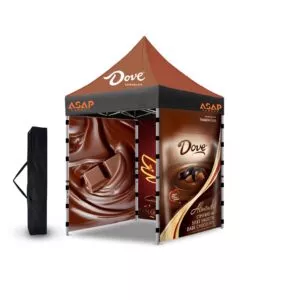

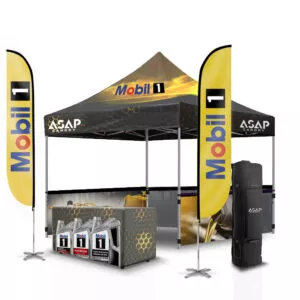
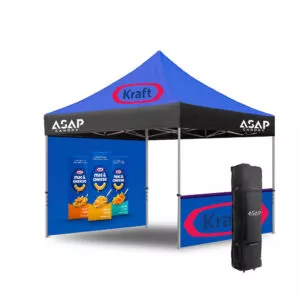
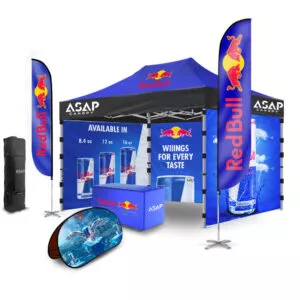
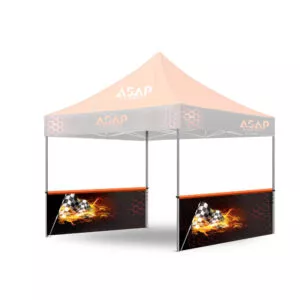
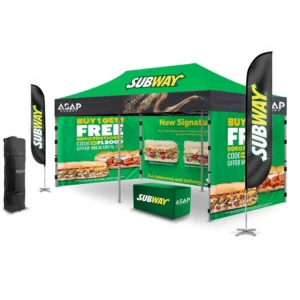
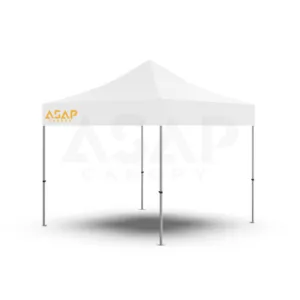
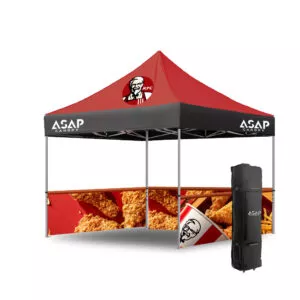

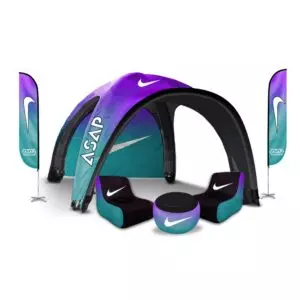
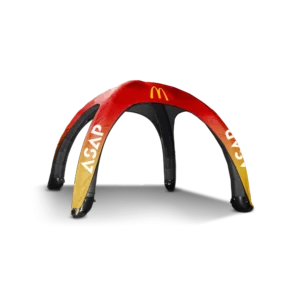
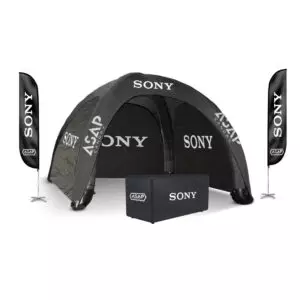

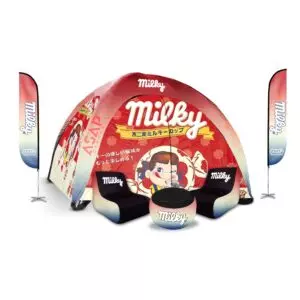

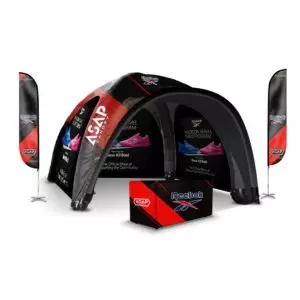
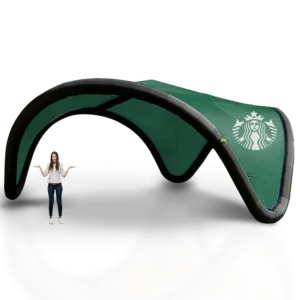


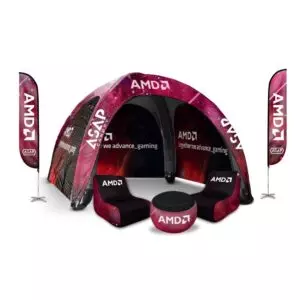

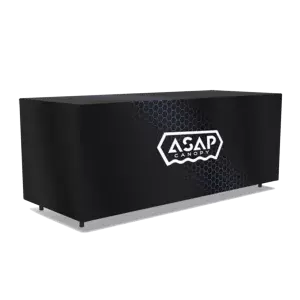
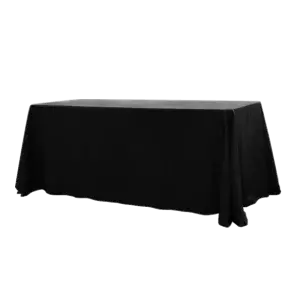

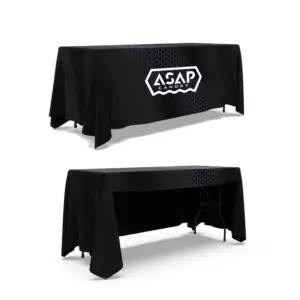

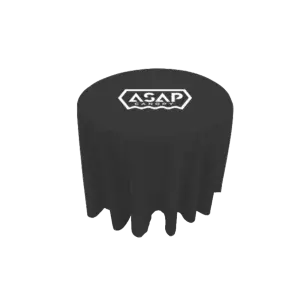
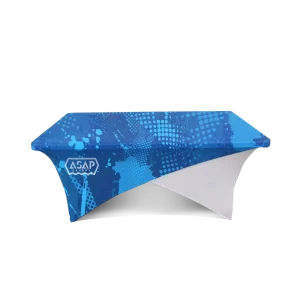

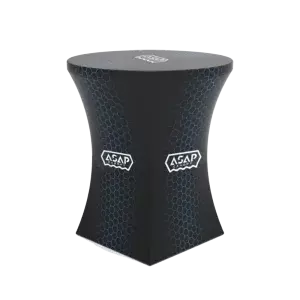

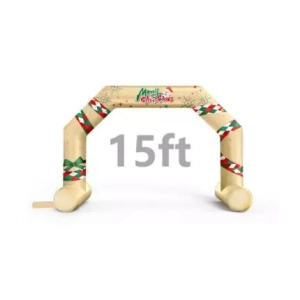
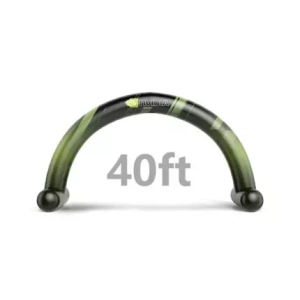
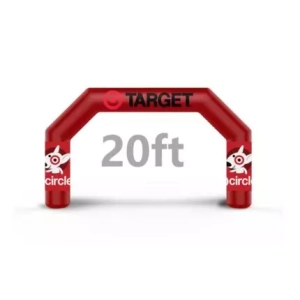

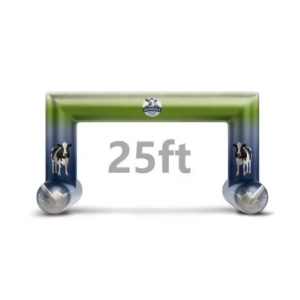

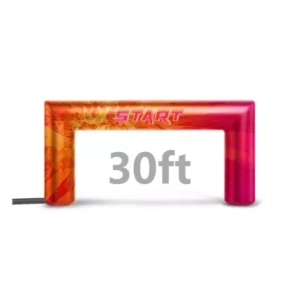



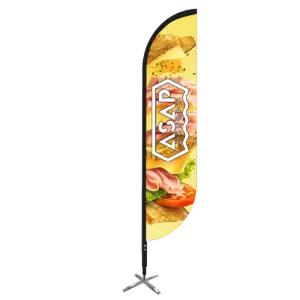
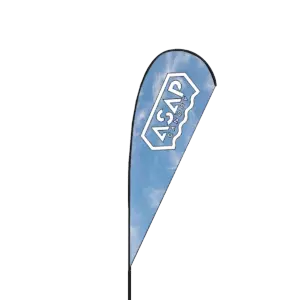
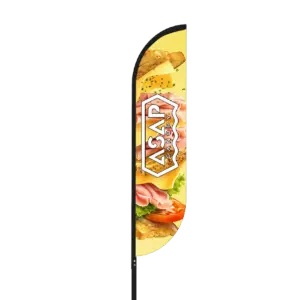

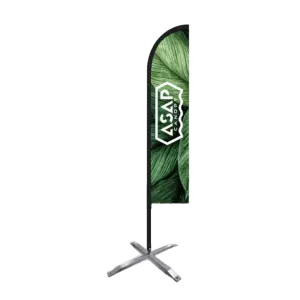
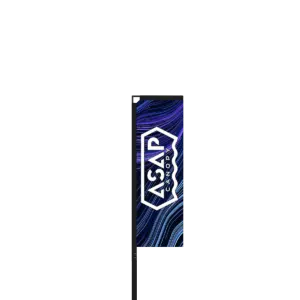
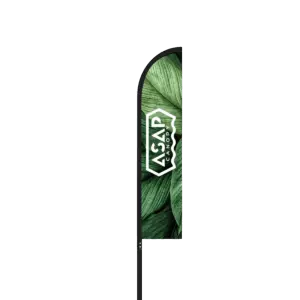
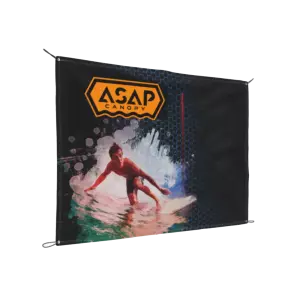



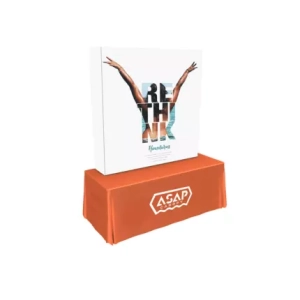
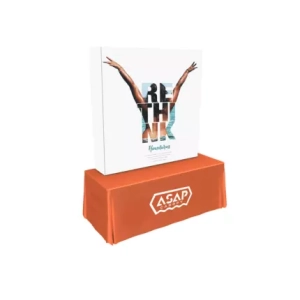
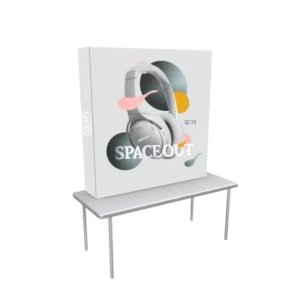
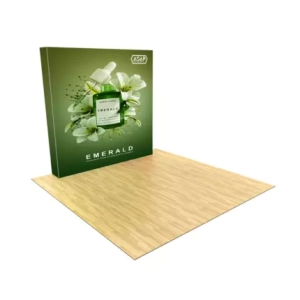
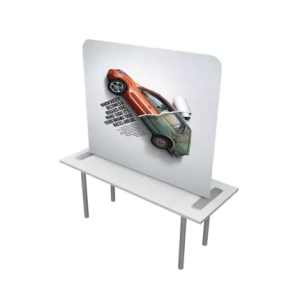
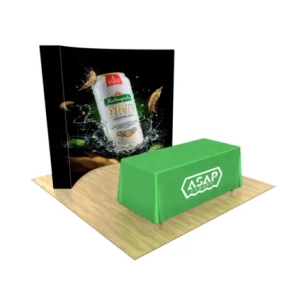










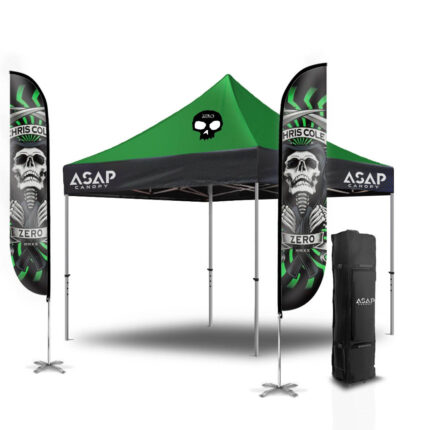
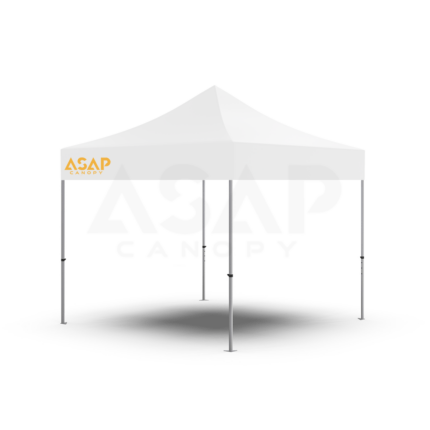
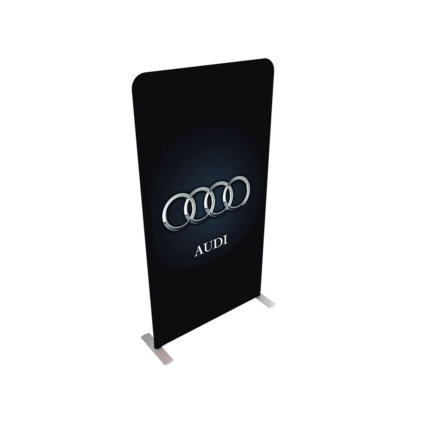


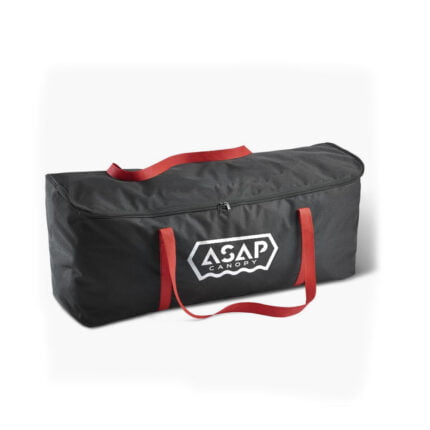

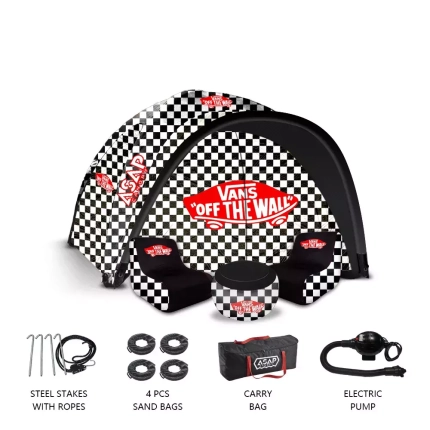

 5×5 Pop Up Tent
5×5 Pop Up Tent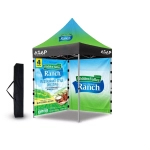 6.5×6.5 Pop Up Tent
6.5×6.5 Pop Up Tent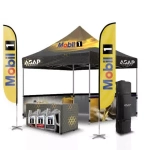 10×10 Canopy Tent
10×10 Canopy Tent 10×15 Canopy Tent
10×15 Canopy Tent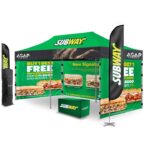 10×20 Canopy Tent
10×20 Canopy Tent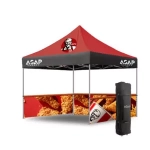 Canopy Options
Canopy Options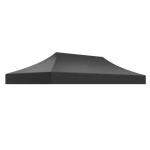 Blank Canopy Top
Blank Canopy Top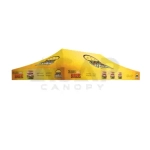 Canopy Top
Canopy Top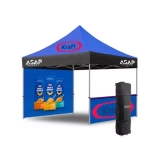 Canopy Walls
Canopy Walls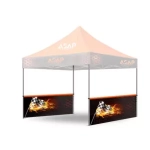 Canopy Side Skirt
Canopy Side Skirt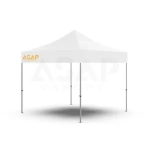 Blank Canopy
Blank Canopy Blank Canopy Kit
Blank Canopy Kit
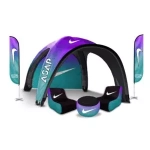 Inflatable Canopy Tents 10×10
Inflatable Canopy Tents 10×10 Inflatable Canopy Tents 13×13
Inflatable Canopy Tents 13×13 Inflatable Canopy Tents 16×16
Inflatable Canopy Tents 16×16 Inflatable Canopy Tents 20×20
Inflatable Canopy Tents 20×20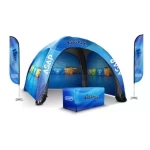 Inflatable Canopy Tents 23×23
Inflatable Canopy Tents 23×23 Inflatable Canopy Tents 26×26
Inflatable Canopy Tents 26×26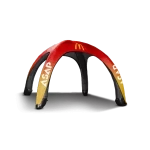 Inflatable Spider Tents
Inflatable Spider Tents Inflatable Dome Tents
Inflatable Dome Tents Inflatable Eclipse Tents
Inflatable Eclipse Tents Inflatable Party Tent
Inflatable Party Tent Inflatable Furniture
Inflatable Furniture Inflatable Pillar
Inflatable Pillar
 Single Pole Star Tents
Single Pole Star Tents Double Pole Star Tents
Double Pole Star Tents
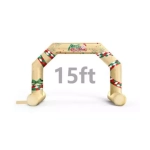 15FT Inflatable Arches
15FT Inflatable Arches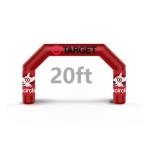 20FT Inflatable Arches
20FT Inflatable Arches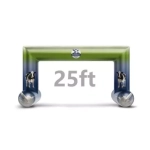 25FT Inflatable Arches
25FT Inflatable Arches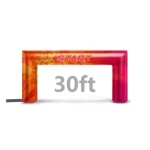 30FT Inflatable Arches
30FT Inflatable Arches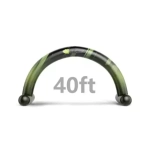 40FT Inflatable Arches
40FT Inflatable Arches 50FT Inflatable Arches
50FT Inflatable Arches Custom Constant Arches
Custom Constant Arches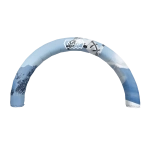 Custom Sealed Arches
Custom Sealed Arches
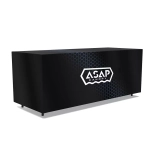 Fitted Table Covers
Fitted Table Covers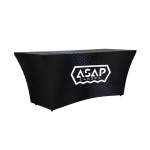 Stretch-Fit Table Covers
Stretch-Fit Table Covers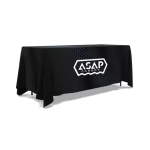 Loose Table Throws
Loose Table Throws Cross-Over Stretch-Fit Table Cover
Cross-Over Stretch-Fit Table Cover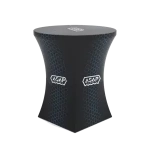 Round Stretch-Fit Table Cover
Round Stretch-Fit Table Cover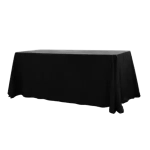 Blank Table Throws
Blank Table Throws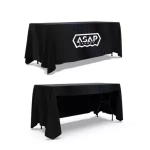 3-Sided Loose Table Throw
3-Sided Loose Table Throw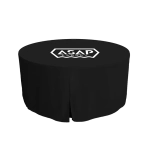 Round Fitted Table Covers
Round Fitted Table Covers Table Runners
Table Runners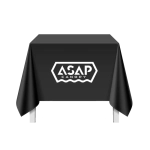 Square Table Covers
Square Table Covers
 Feather Flags
Feather Flags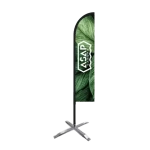 Blade Flags
Blade Flags Feather Banner
Feather Banner Blade Banner
Blade Banner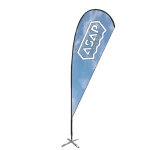 Teardrop Flags
Teardrop Flags Teardrop Banner
Teardrop Banner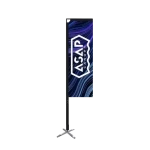 Rectangle Flags
Rectangle Flags Rectangle Banner
Rectangle Banner Mesh Event Banners
Mesh Event Banners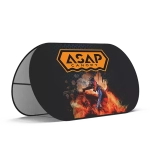 Pop Out Banner Horizontal
Pop Out Banner Horizontal Pop-Out Banner Vertical
Pop-Out Banner Vertical
 Trade Show Display
Trade Show Display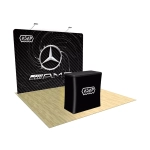 Trade Show Display Kit
Trade Show Display Kit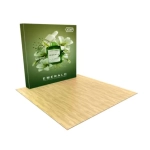 Pop Up Trade Show Display
Pop Up Trade Show Display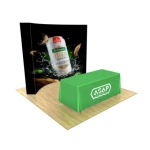 Pop Up Trade Show Display Deluxe Kit
Pop Up Trade Show Display Deluxe Kit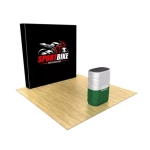 Pop Up Trade Show Display Kit
Pop Up Trade Show Display Kit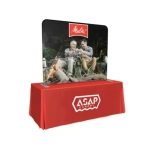 TableTop Displays Kit
TableTop Displays Kit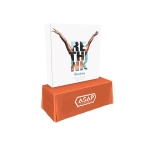 Pop Up Tabletop Display Kit
Pop Up Tabletop Display Kit Pop Up Tabletop Display
Pop Up Tabletop Display Tabletop Display
Tabletop Display Straight Trade Show Exhibit Booth
Straight Trade Show Exhibit Booth Banner Stand
Banner Stand
 Tent Accessories
Tent Accessories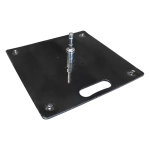 Flag Accessories
Flag Accessories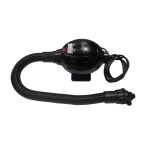 Arch Accessories
Arch Accessories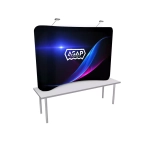 Trade Show Accessories
Trade Show Accessories
